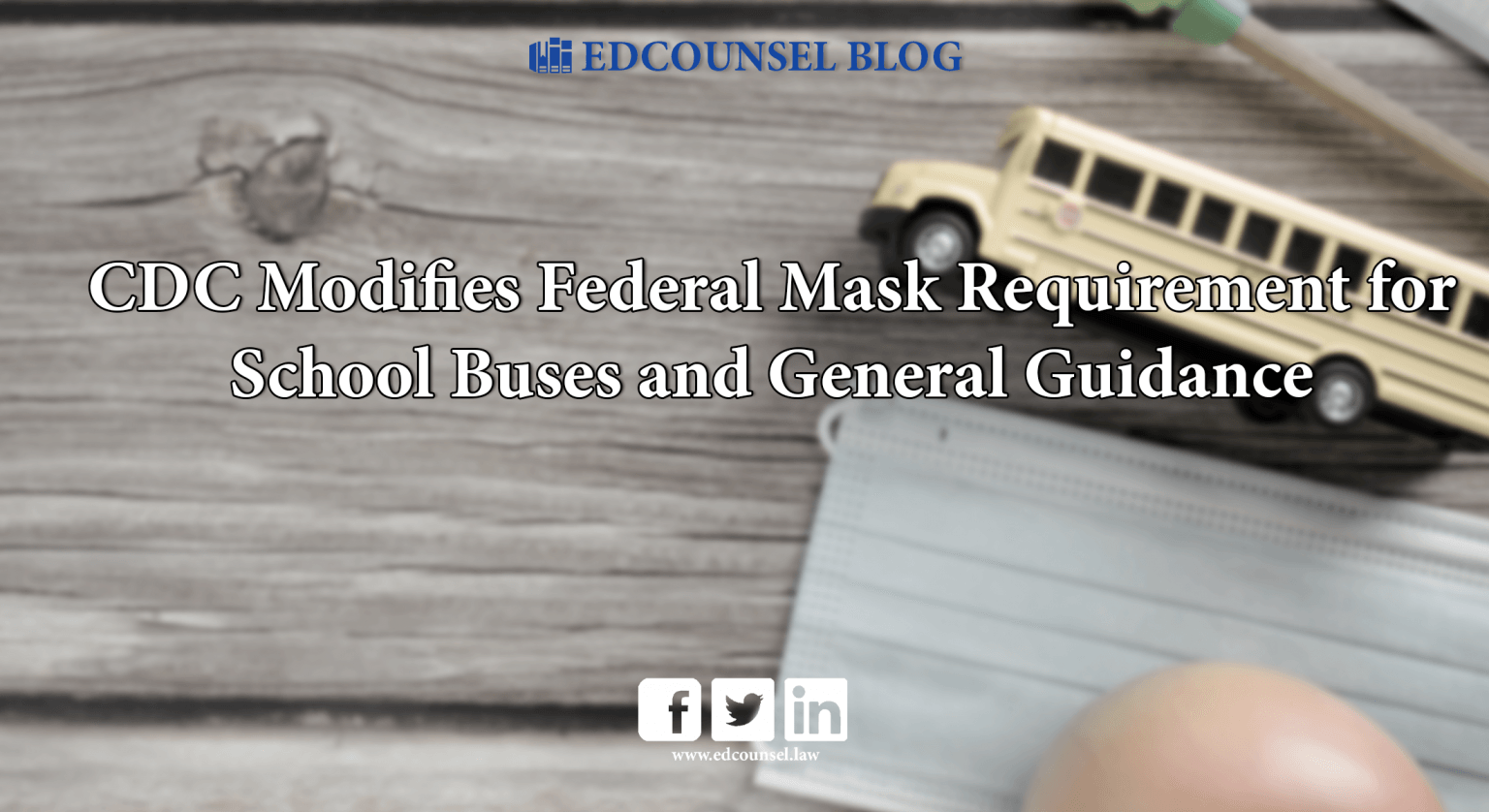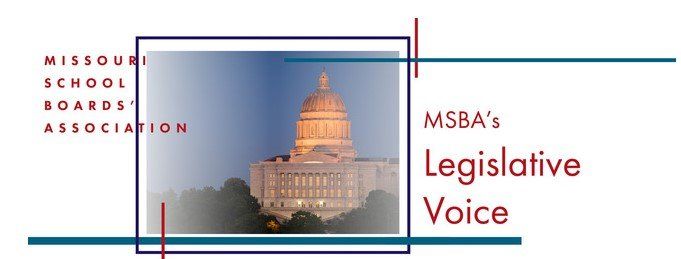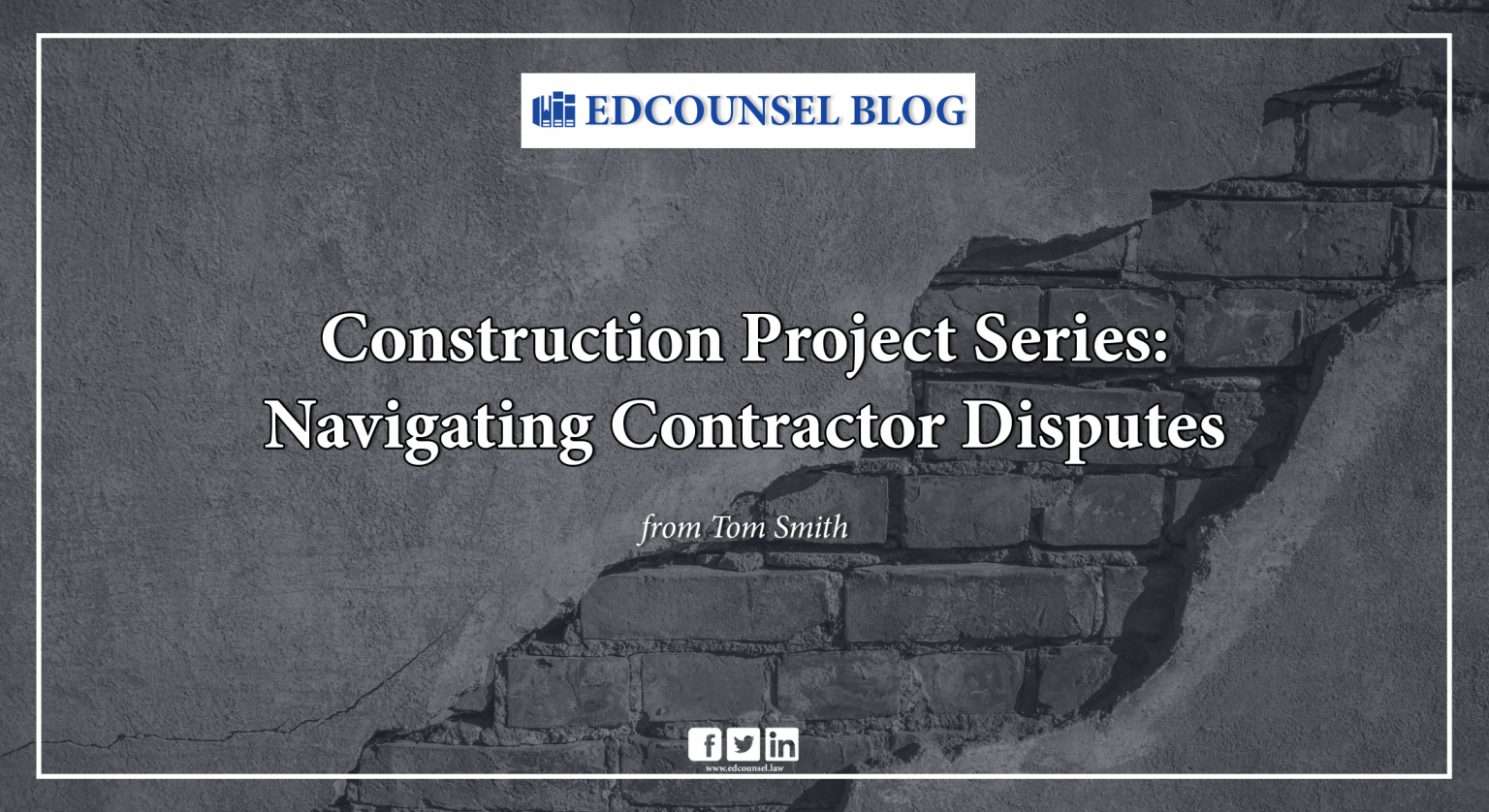
This blog post is the third in EdCounsel’s series on construction projects and will provide a list of points to be aware of regarding “change orders” during construction projects.
Now that regular classes have ended, many districts are beginning (or have already begun) the construction phase of their projects while most students and staff members are out of the buildings. As part of this phase, districts may be faced with change orders provided by their design professionals or contractors. These change orders can sometimes cause confusion and even panic if a district is not familiar with the nature of change orders and how to review them to ensure accuracy and necessity. To help with that, we have compiled five primary points to consider regarding change orders:
- Change orders are essentially amendments to the construction contract that alter the cost of the project, the time to complete the project, and/or the specifications of the project. Traditionally, a change order is prepared by the project architect when the need for a change arises, and it is then signed by the district and the contractor. There are many reasons why a change order may be needed, but the most common ones are: unforeseen conditions; design issues; weather delays; substitutions in materials; and, changes requested by the district. A change order does not always mean an increase in time or cost for a district though. It can also be a change that decreases the cost of the project or the time for the contractor to complete the project.
- Change orders are a standard part of the construction process. It is rare for any construction project to be completed without a single change order. In fact, it is not uncommon for there to be an average of a 5-10% change in the contract price due to change orders. The larger the project, the greater the likelihood of there being multiple change orders. Because of this, many districts include an “allowance” or “contingency” in the contract price to account for potential change orders. This allows a district to account for potential increases in the contract price in their overall project budget, so that multiple change orders are less likely to result in the project budget being exceeded.
- Change orders are commonly addressed in the contract itself, including the process for requesting a change order and how to resolve disputes regarding change orders. For this reason, districts should be aware of what their contract language says regarding change orders. It is also important to remember that change orders can often be negotiated when there is a dispute. For example, if a contractor claims that there is an unforeseen condition that requires additional time and cost, a district could attempt to negotiate the amount of the change order so that the contractor bears some of the cost if it is a condition that the contractor should have been aware of when submitting its bid.
- Change orders should be evaluated carefully with the assistance of the district’s architect or engineer. This will allow the district to ask questions of its design professional and better understand the need for the change order. It will also provide an opportunity for the district to review any supporting documentation from the contractor that justifies the need for the change order and the pricing provided. If there is not enough information to make that determination, then the district can request additional supporting documentation before it approves the change order. For example, if a contractor is asking for a change order to push back the completion date because of adverse weather conditions, the district can ask for documentation from its design professional and the contractor about the weather on the days the contractor claimed it could not perform any work.
- In certain circumstances, the approval of a change order is needed quickly. Some districts include in their Policies a specific authorization for the superintendent to approve change orders up to a certain amount without prior approval from the Board. Other districts simply hold special meetings if time is a factor with a change order. The important thing to consider is that, in these situations, the failure to act quickly can result in both delays to the completion of the project as well as additional costs beyond those proposed in the change order. It is therefore important to understand from the outset how critical the change order is and what the timeline for approval needs to be so that the district can take any necessary action in a timely manner.
As with other installments in this blog series, the points listed above are not exhaustive. Change orders present many issues based on a variety of different circumstances and each one is unique. The points provided above establish a general approach to all change orders, but every change order will need to be evaluated on its own merits and will require different responses. When in doubt, the best way to handle a change order is to work closely with your district’s design professional (whether that be an architect or engineer) and legal counsel.
If your district has any questions about change orders as you complete your construction projects, please feel free to contact one of the team members at EdCounsel with any questions you might have.




